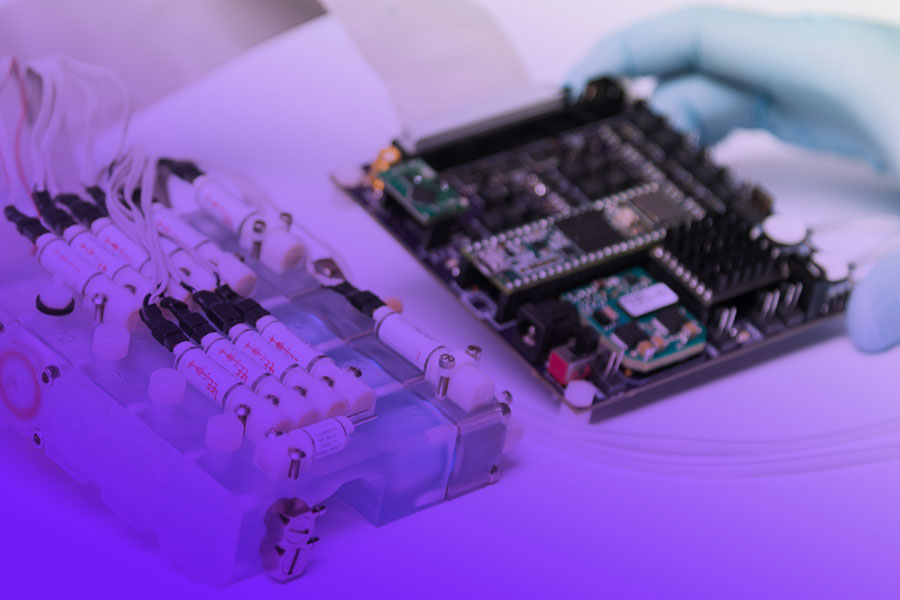



Since arriving at JPL in 2002, Dr. Peter Willis has served in a wide range of key roles that address all facets of JPL’s core vision in formulating, constructing, and operating robotic spacecraft missions. He has been involved in a host of instrument and mission formulation studies for the future exploration of Enceladus, Titan, Mars, and Europa. In 2008-2010 he served as a systems engineer on chemical analysis instrumentation intended for both the ExoMars lander and orbiter missions. Most recently he served as a member of the Europa Lander Mission Science Definition Team and coauthored that team’s study report. Currently, in addition to leading the Chemical Analysis and Life Detection Group at MDL, he is also a member of the Mars 2020 Mission Science Team, serving as the Investigation Scientist for the SuperCam instrument.

The Ocean Worlds Life Surveyor (OWLS) was the first project funded under the JPL NEXT Program initiated in 2018. The goal of the OWLS Project is to build a field prototype instrument to perform molecular and cellular analyses...

While extraterrestrial life may exist, there is no telling what form it will take, or whether it will use the same "alphabet" of biomolecules as life on Earth. To increase the chances of finding evidence for alien lifeforms elsewhere...

It has been over 40 years since the Viking missions arrived at Mars and became the first landed missions to search for chemical signs of life on another planet. Along with its famous biology experiments, Viking was also equipped...

Measurements of inorganic ions provide important context when searching for organic molecules indicative of life. Inorganic ions help establish the habitability of an environment, i.e. are the physiochemical conditions within...

A powerful approach in the search for biosignatures on extraterrestrial missions of exploration involves liquid-based chemical analysis on samples acquired from the surface of planetary bodies. The separation techniques...

MDL researchers have developed analytical methods for simultaneous determination of both organic and inorganic species by capillary electrophoresis coupled to contactless conductivity detection (CE-C4D). This technique...

An extremely powerful approach in the search for life involves seeking biochemical signatures of life at the molecular level. To date, this search has been hindered by a reliance on gas-phase chromatography methods...